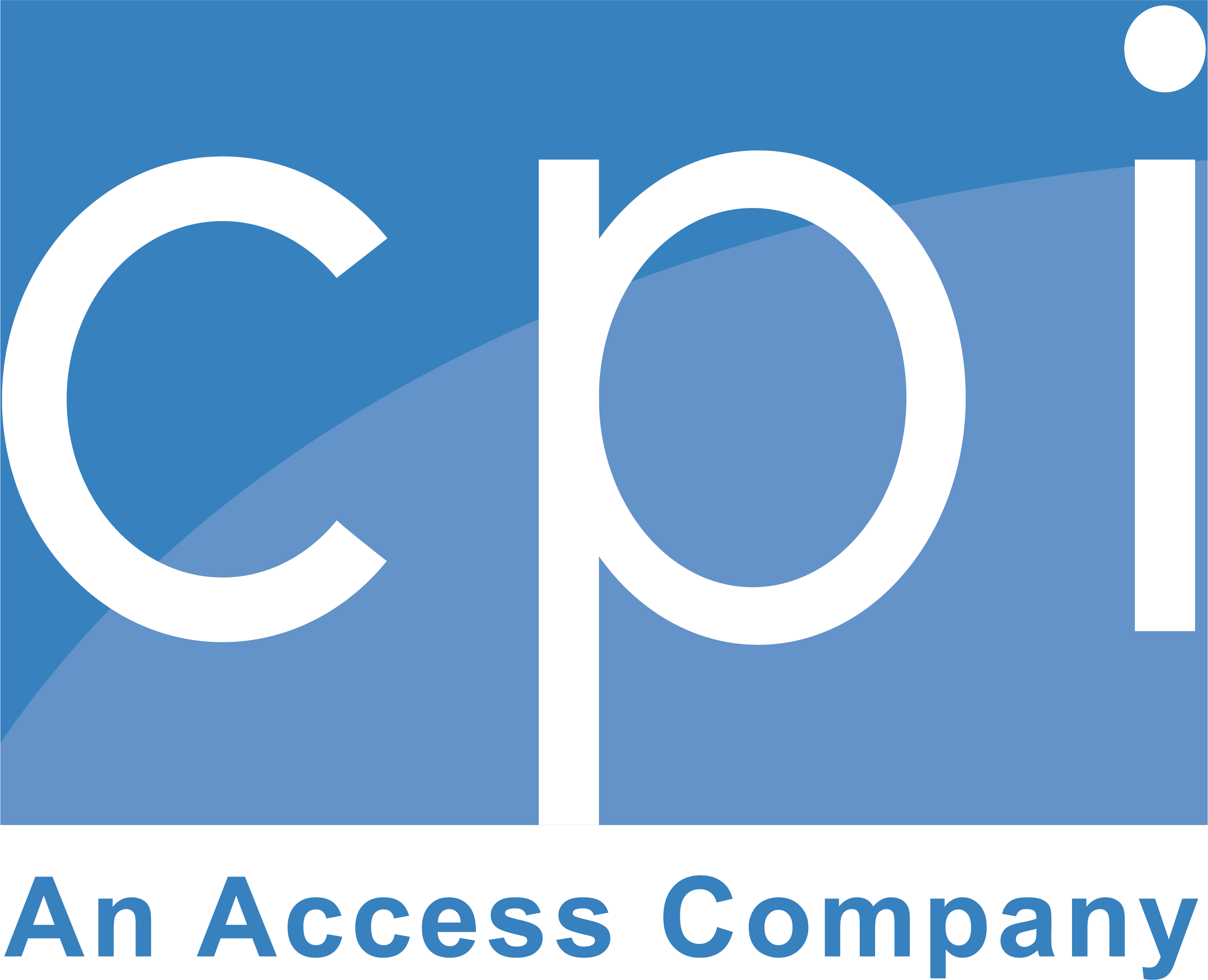If your office is cluttered with various machines to handle printing, copying, scanning, and faxing and you’re ready for an upgrade, it may be time to purchase a multifunction printer (MFP). Learn more about these multifaceted machines and how to choose the right one for your organization.
What Is an MFP Printer?
As the name suggests, a multifunction printer is a printer with versatile functionality. These machines are capable of printing, copying, and scanning. Some models also come with faxing capabilities. Purchasing an MFP can allow companies to consolidate multiple machines into one, achieving a smaller footprint and a lower cost.

What Makes a Good MFP?
The point of an MFP is to give you all the functionality you need in one machine, so choosing the right machine is crucial. Ultimately, the best MFP is the one that offers exactly what your organization needs. The right choice for one organization may be different from another.
To choose the right option for you, consider these factors:
1. Functionality
A standard MFP has printing, copying, and scanning capabilities, but not all come with faxing. While some companies may not send or receive faxes at all, faxing is still an important and trusted technology in several key industries. If your organization relies on faxing, you’ll want to choose an MFP with faxing capabilities built in so you don’t have to purchase a fax machine separately.
2. Print Speed
If you’ll only use your MFP to scan in or print the occasional document, speed may not seem like an important factor. However, if you plan to do high-volume print jobs, you need a faster printer that can help you get the job done efficiently. Print speed is measured in pages per minute (PPM). Note that some MFPs will list different PPM speeds depending on settings like color versus monochrome.
3. Paper Capacity
Paper capacity is a factor that’s easy to overlook, but it can be another important aspect of a printer’s efficiency and its ease of use. An MFP with higher capacity is more convenient since you won’t have to change out paper as often. If you want to eliminate as many maintenance steps as possible, partner with a service provider for managed print services.
4. Monochrome versus Color
An important distinction to note right away as you compare MFP models is whether they’re designed to print in color or only in black-and-white (monochrome). If you don’t need to print or copy in color, monochrome can be a more cost-effective and faster option. However, if you’re dealing with documents with color graphics, photos, or highlighting, you’ll want a color MFP.
5. Print Resolution
Print resolution is another factor you should consider in light of what you plan to print with your MFP. Print resolution is measured in dots per inch (DPI). A higher DPI means a printer can create a sharper image. High print resolution may be unnecessary if you’re using your MFP to print and copy text documents, but for photos and marketing materials, a high resolution is important.
Comparing Inkjet vs. Laser MFPs
MFPs can use different print technologies to get the job done. Some MFPs are inkjet printers. This means they use wet inks to print many tiny dots onto the paper. Other MFPs are laser printers. These printers use a laser and heat to create static on the surface of the paper, which causes toner to adhere to the paper.
While both options are available and worth consideration, there are some reasons to consider choosing an inkjet printer over a laser printer. Among other advantages, an inkjet printer can offer:
- Lower operating costs: If you print a lot of documents, you can achieve the lowest operating costs with a bulk-ink inkjet printers.
- Higher print quality: Laser is best suited for printing more text- or data-based documents. If you need to achieve photo quality, an inkjet MFP is a much better choice.
Let CPI Help You Source the Best MFP for Your Needs
With so many MFPs on the market, choosing the right one can seem overwhelming. CPI can help you evaluate your printing needs and select and source the right MFP for your needs.
Request a quote or consultation to get started!
